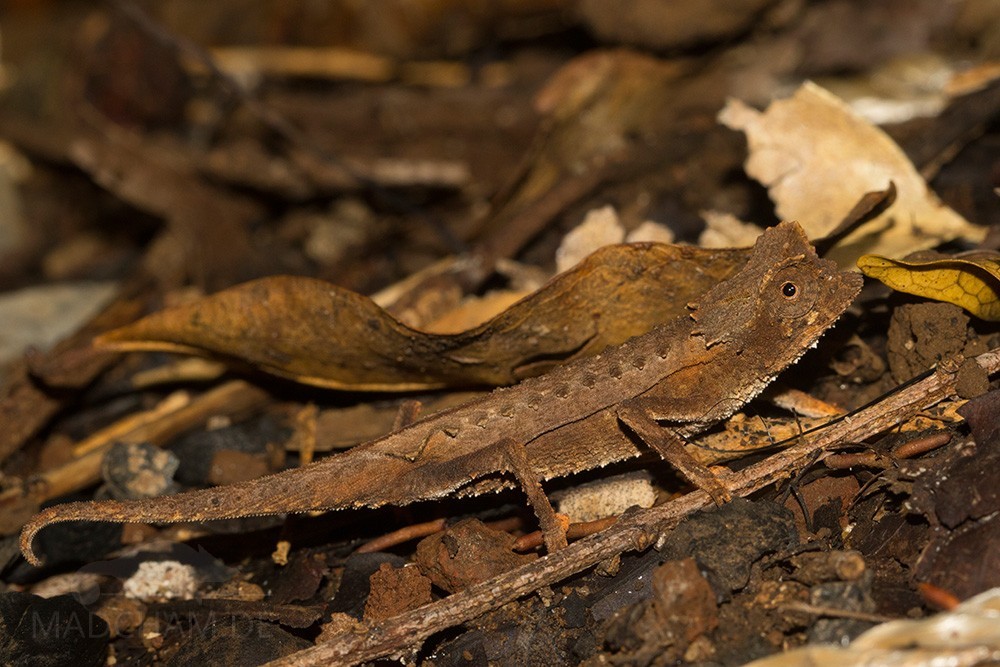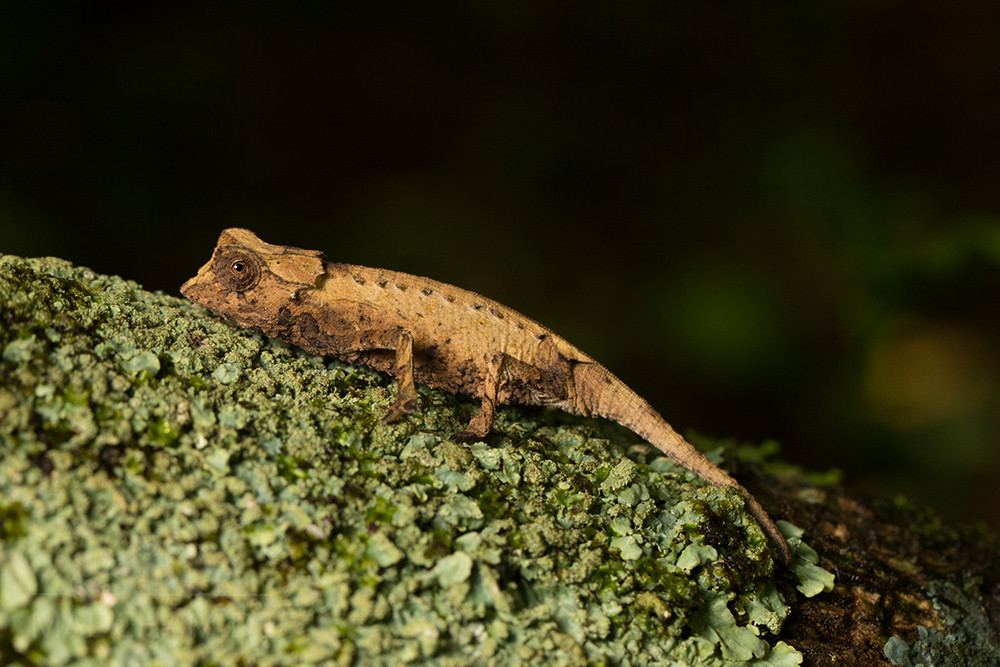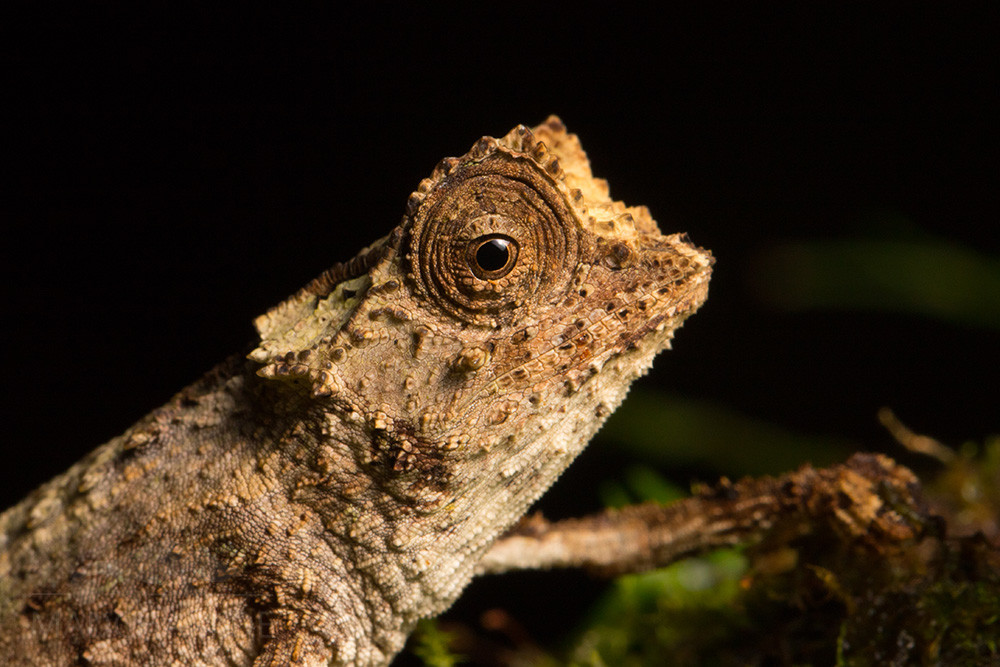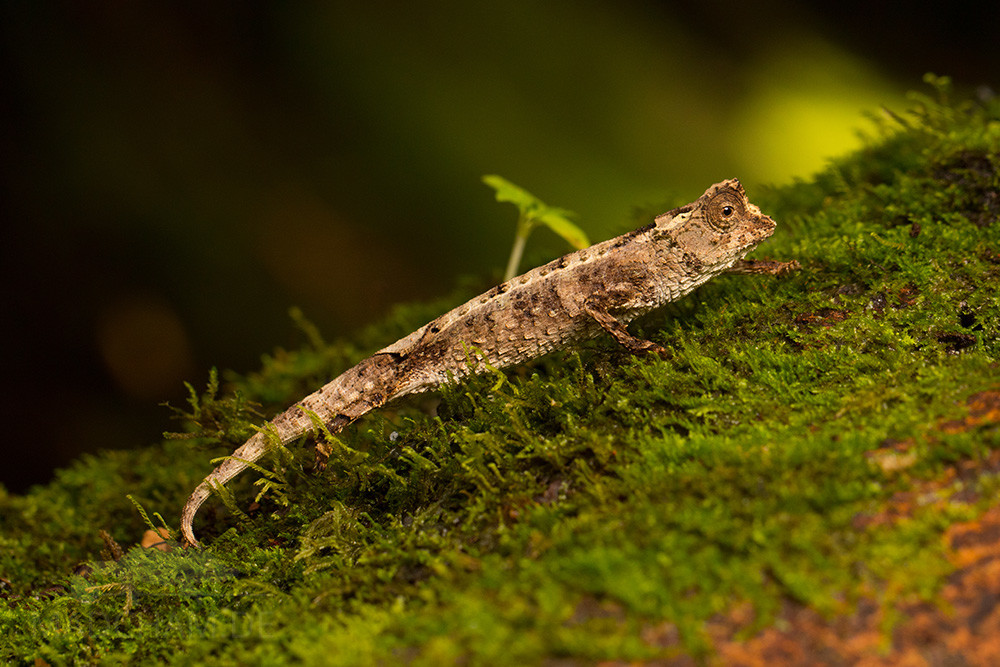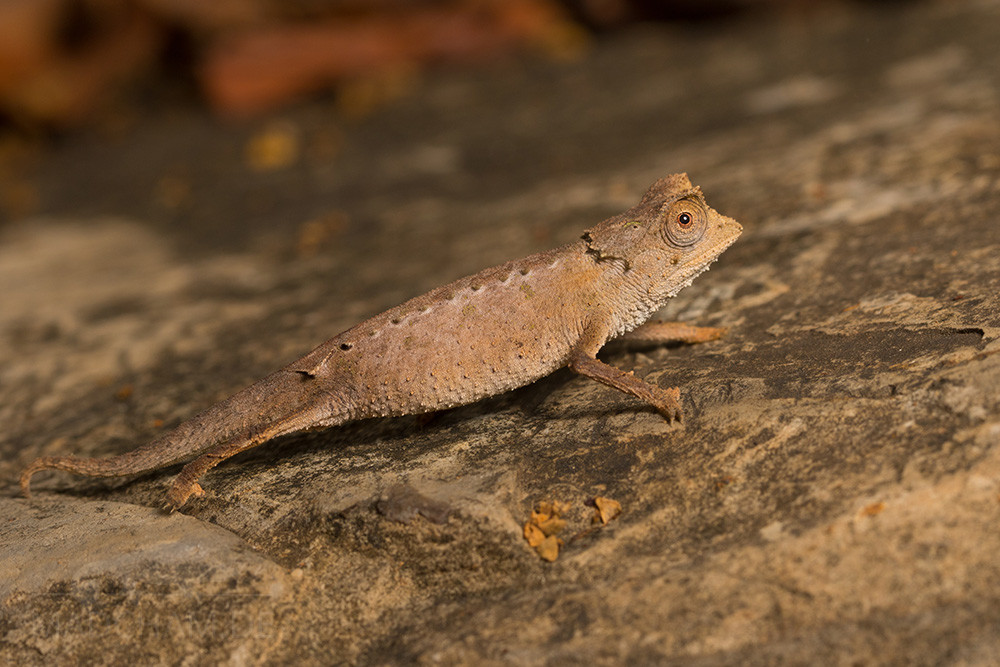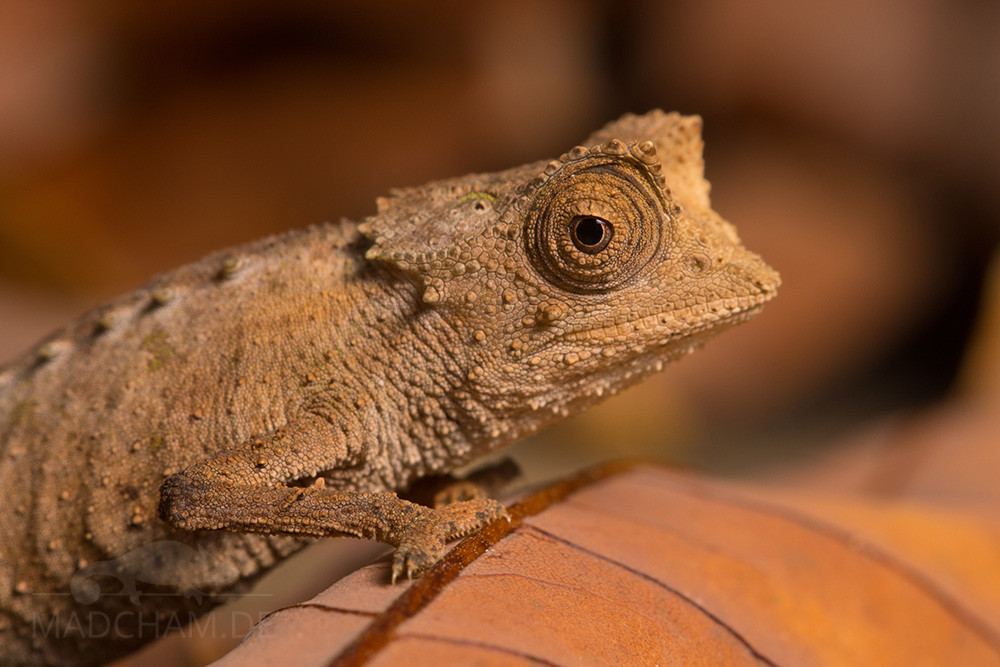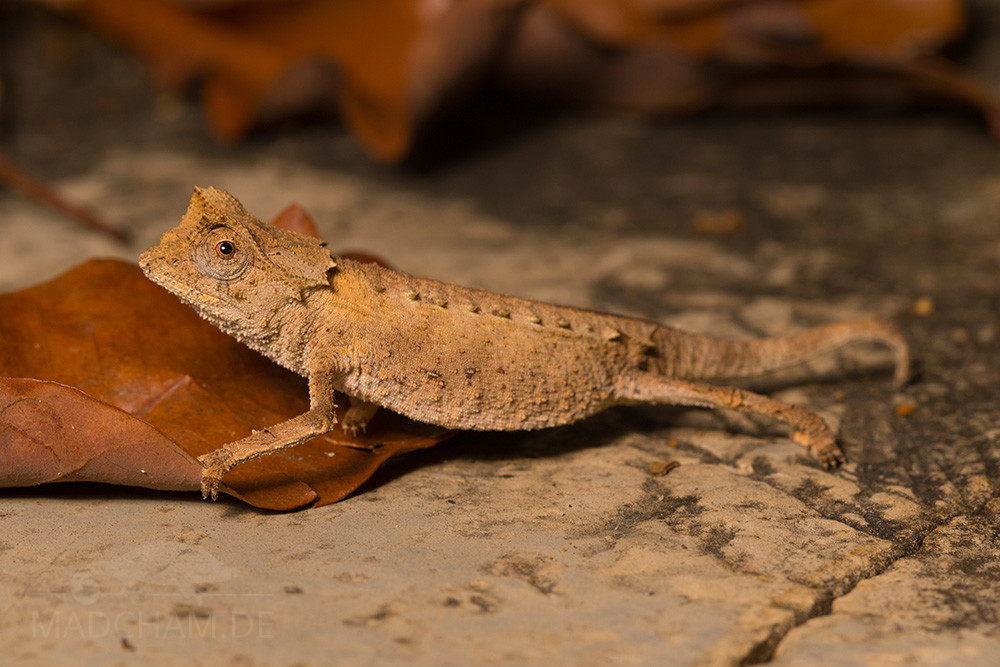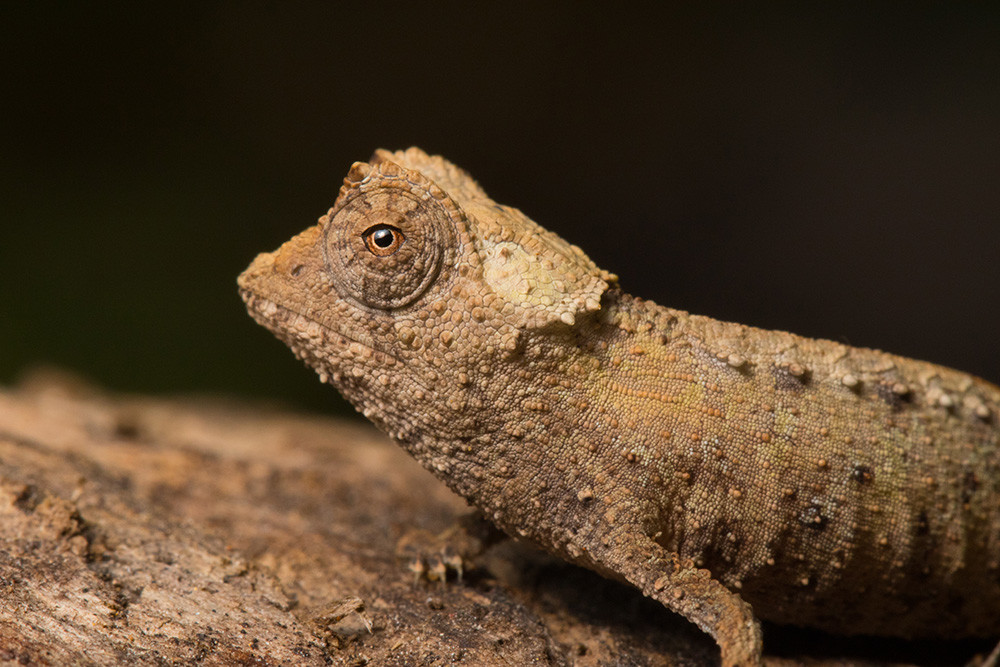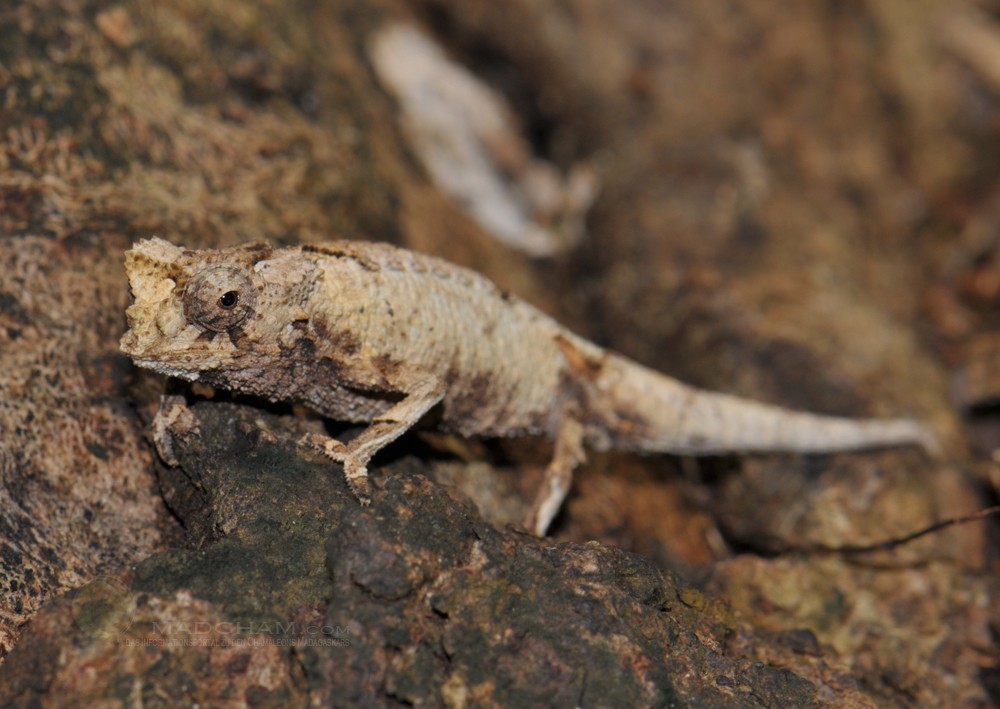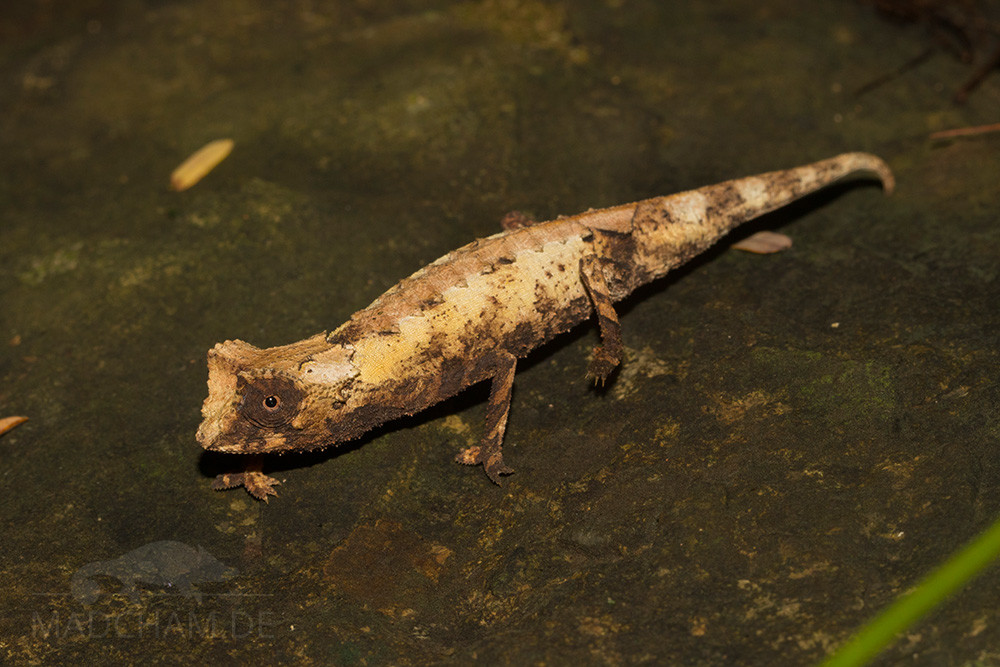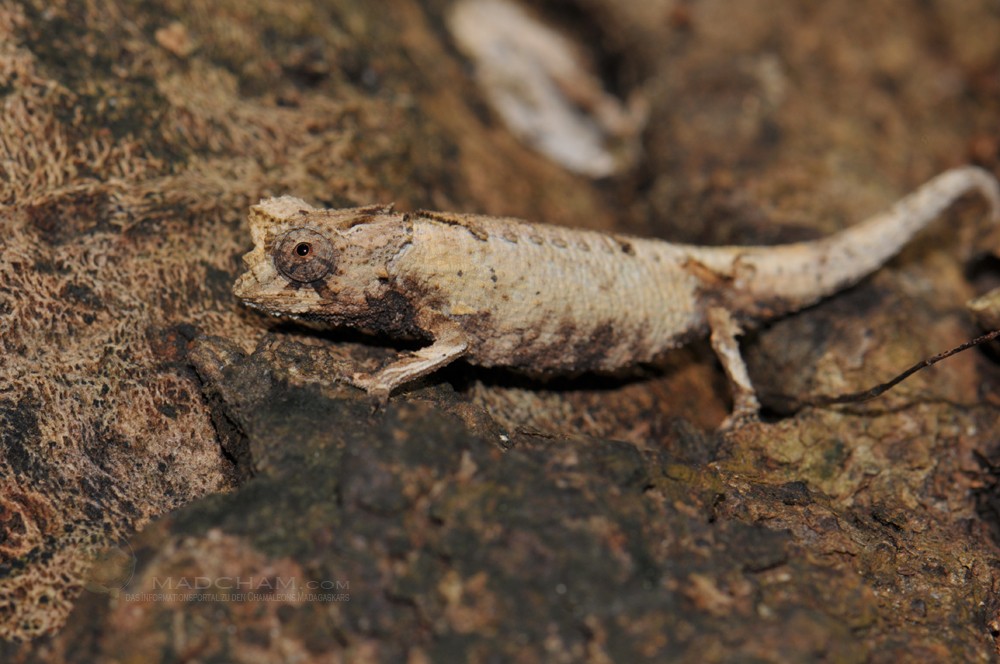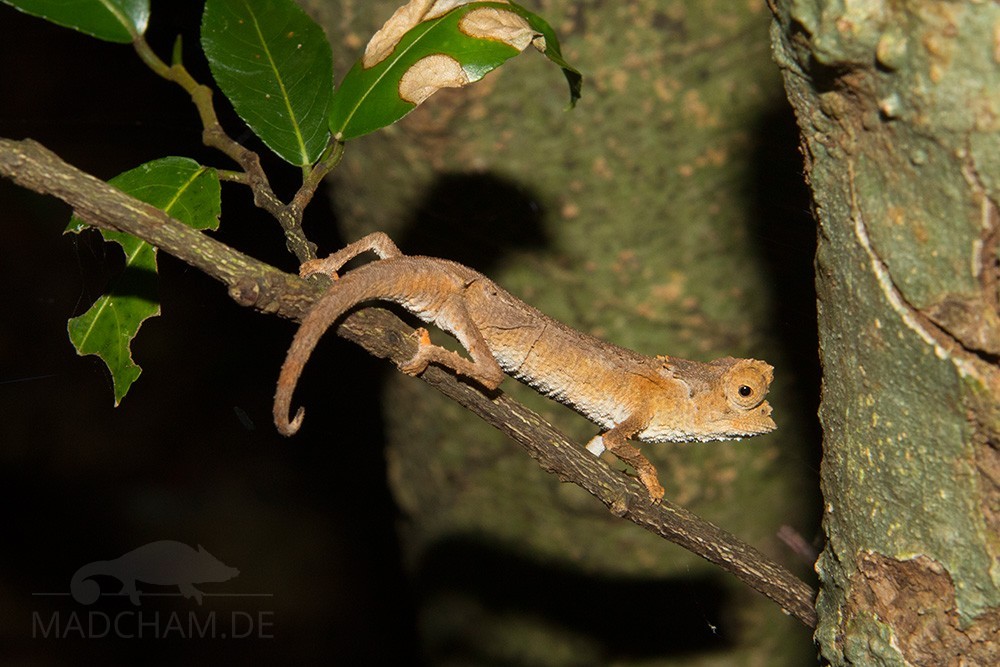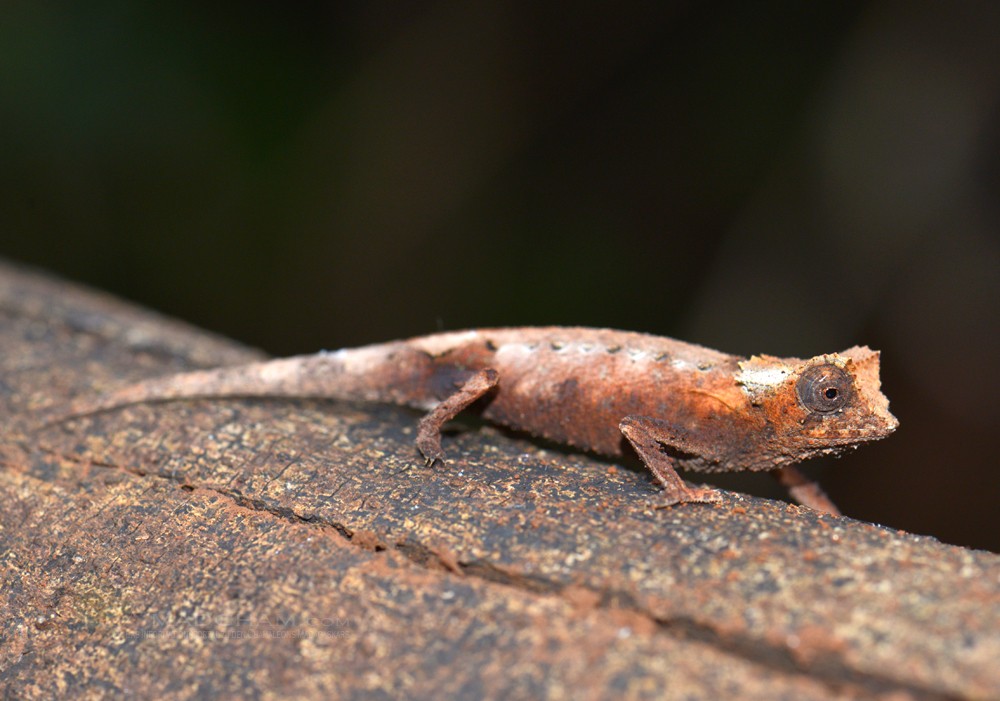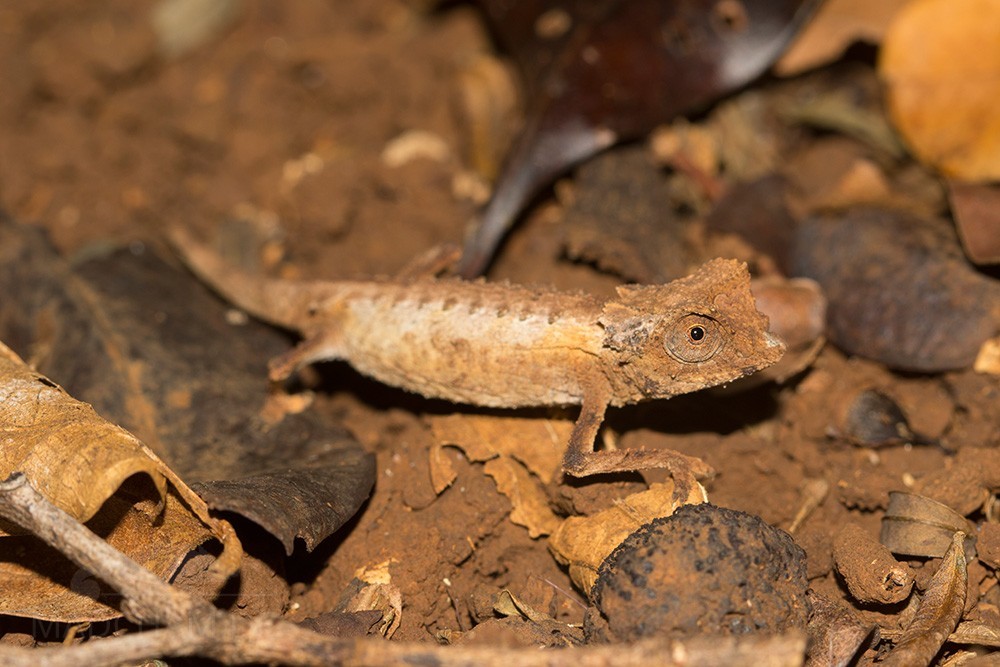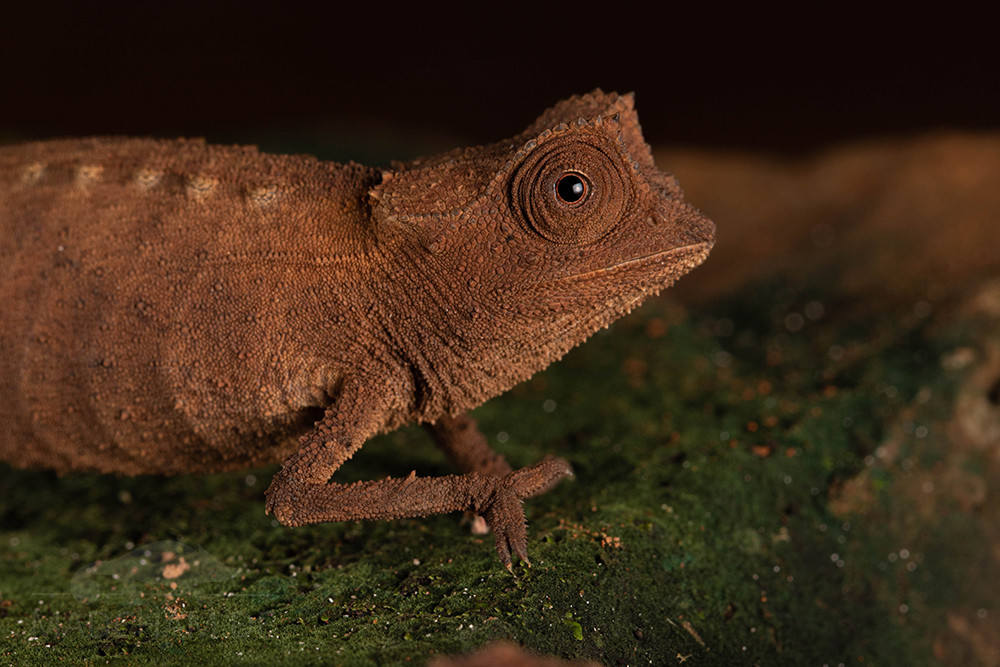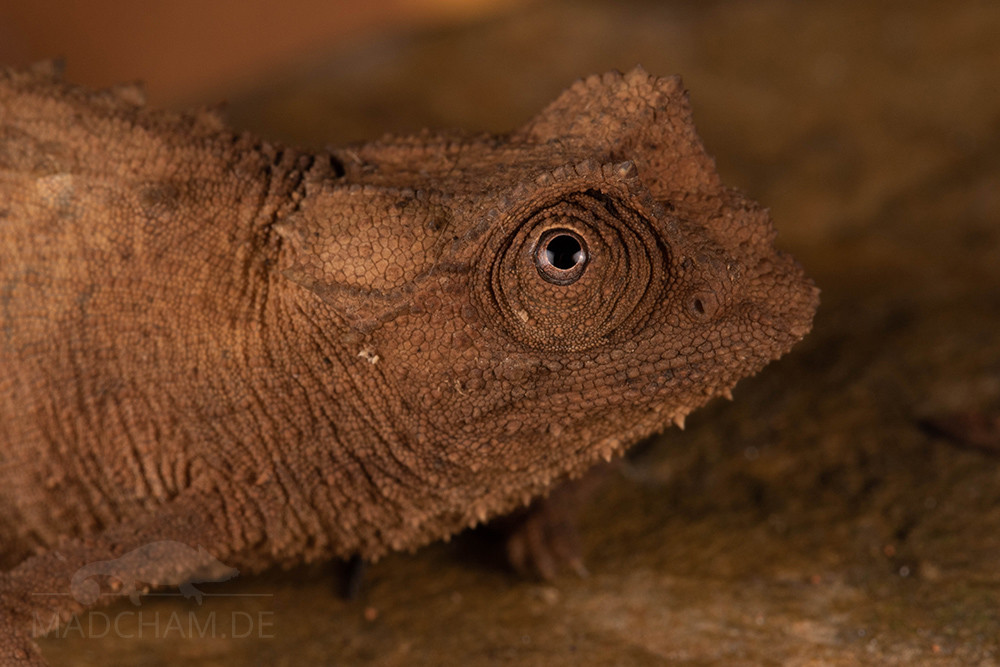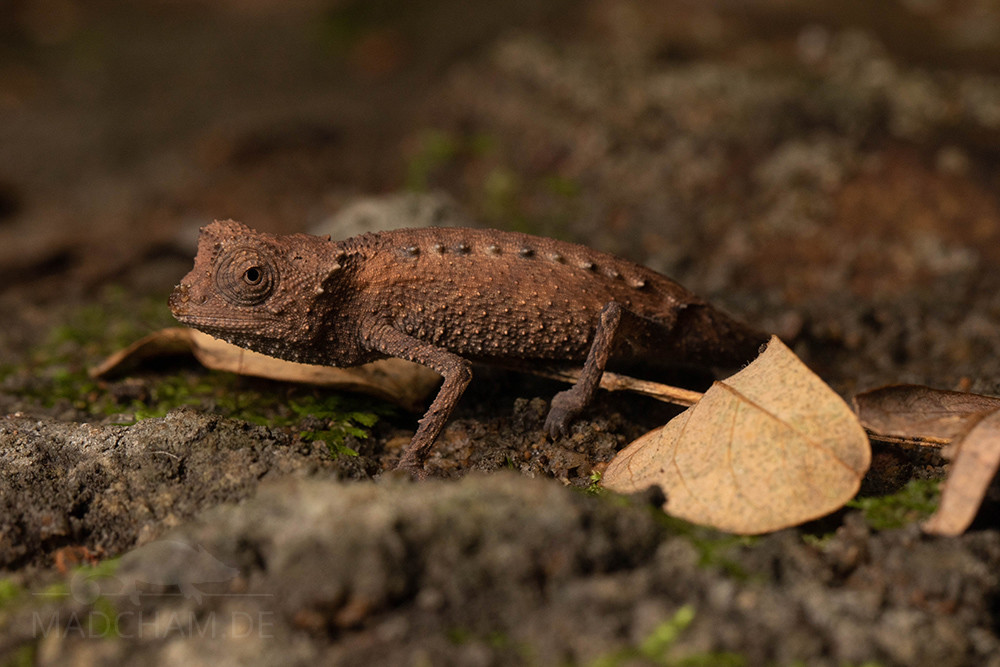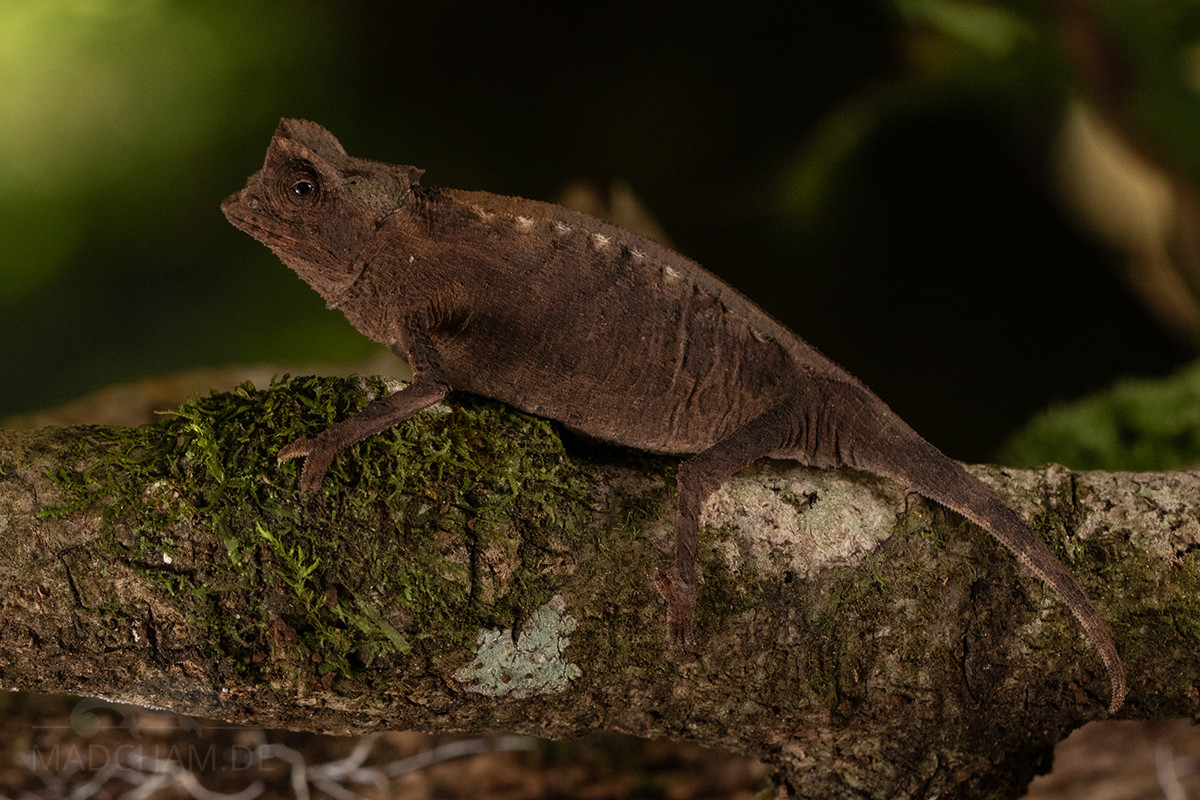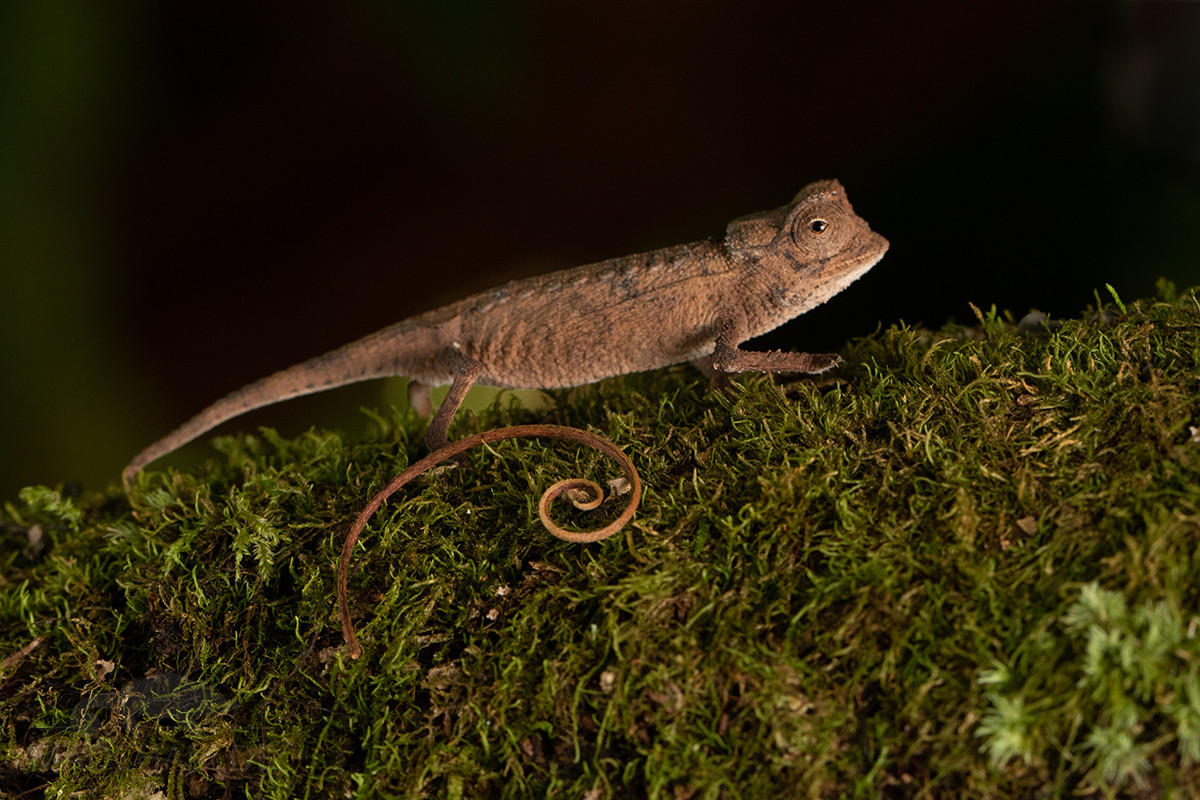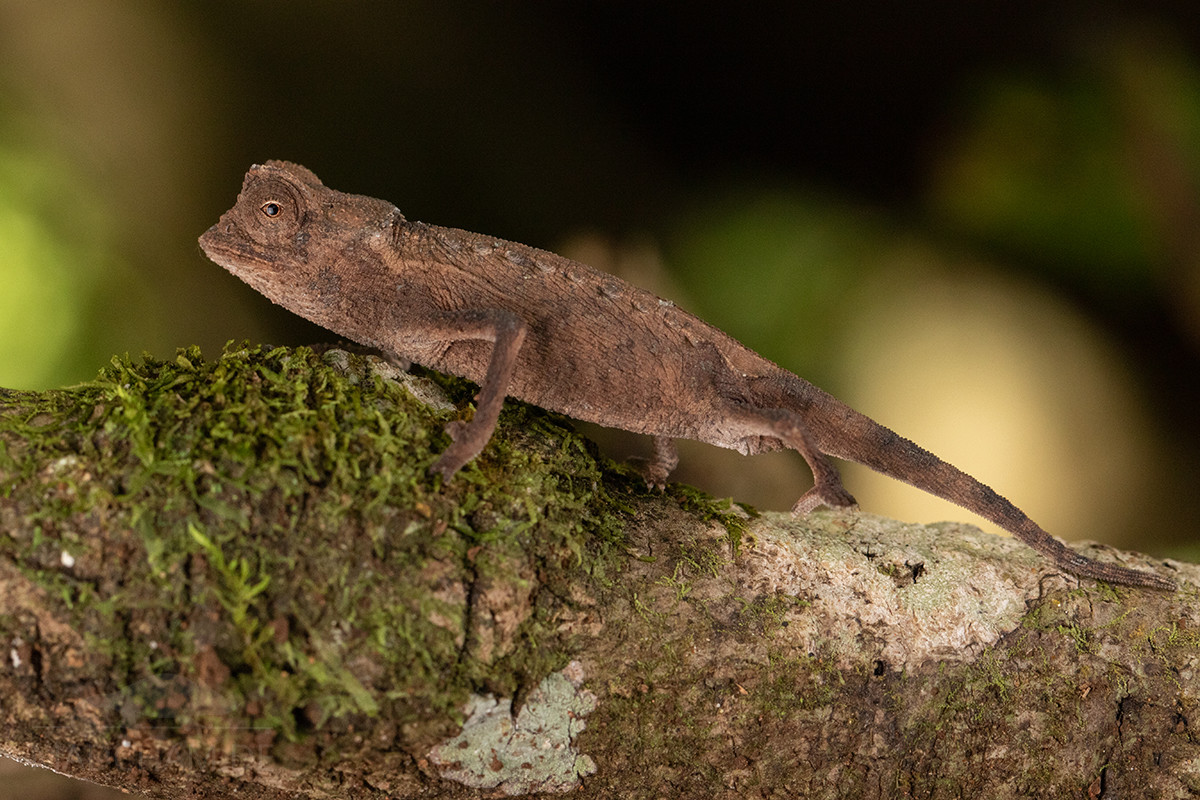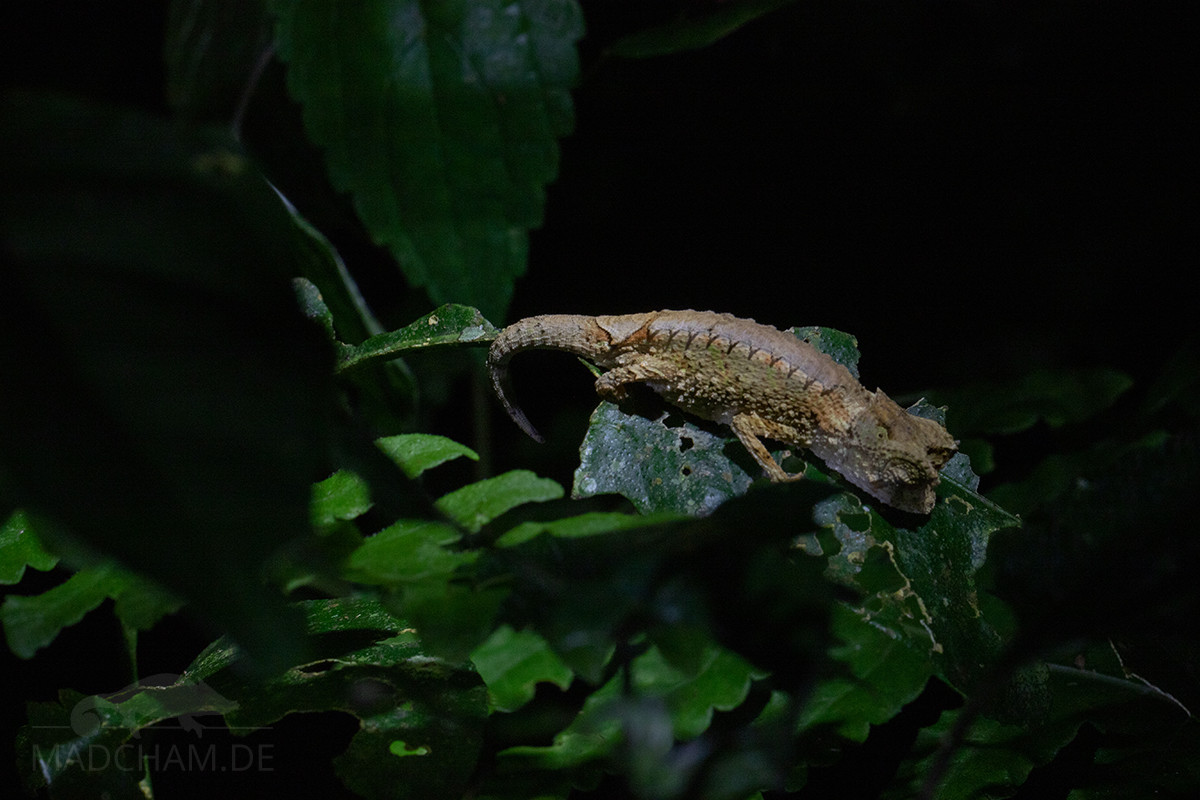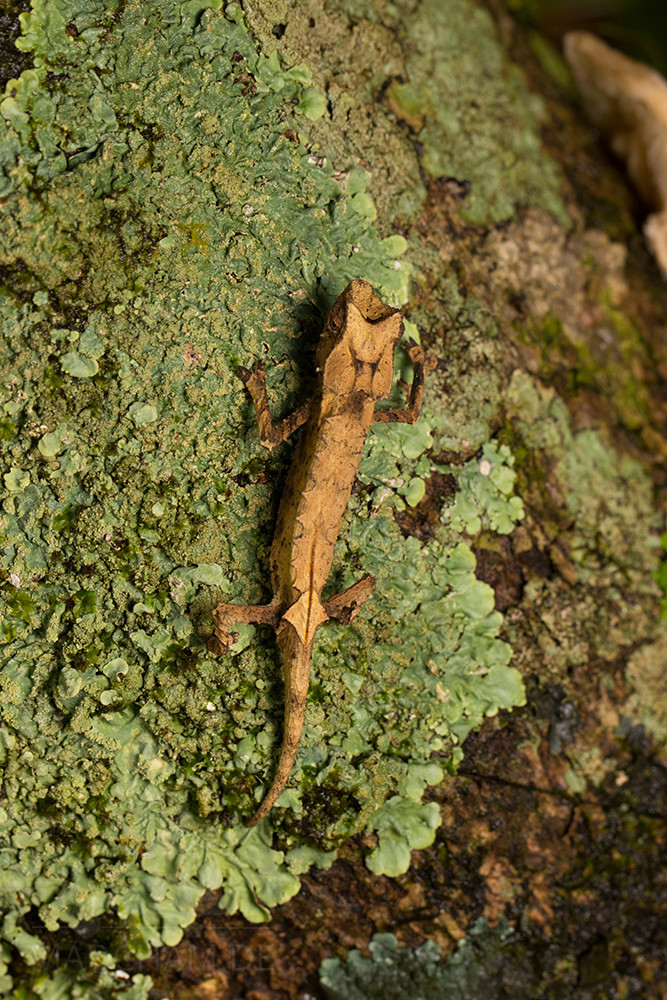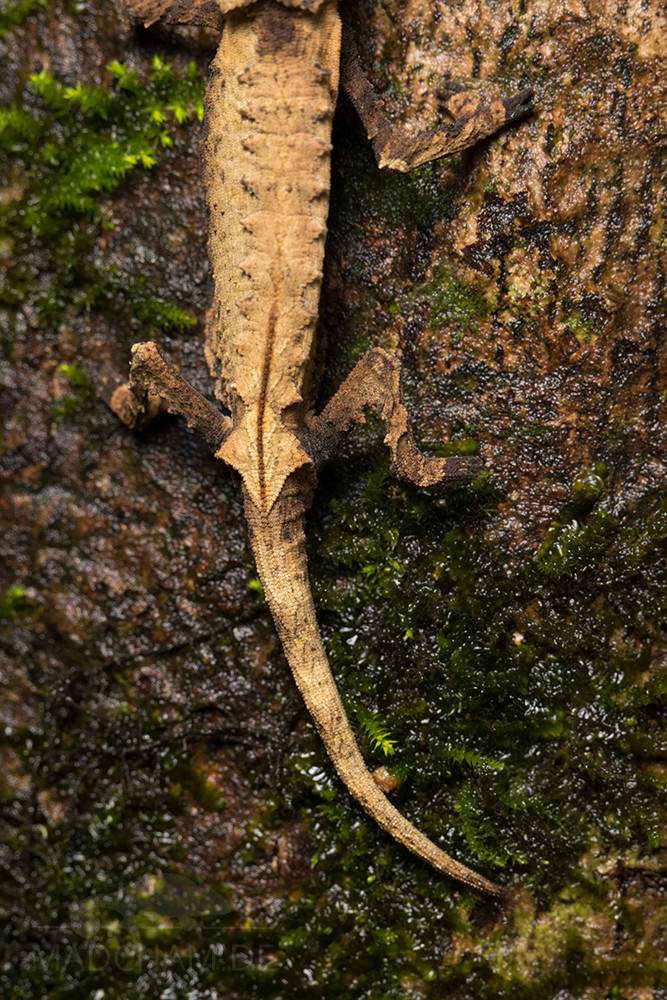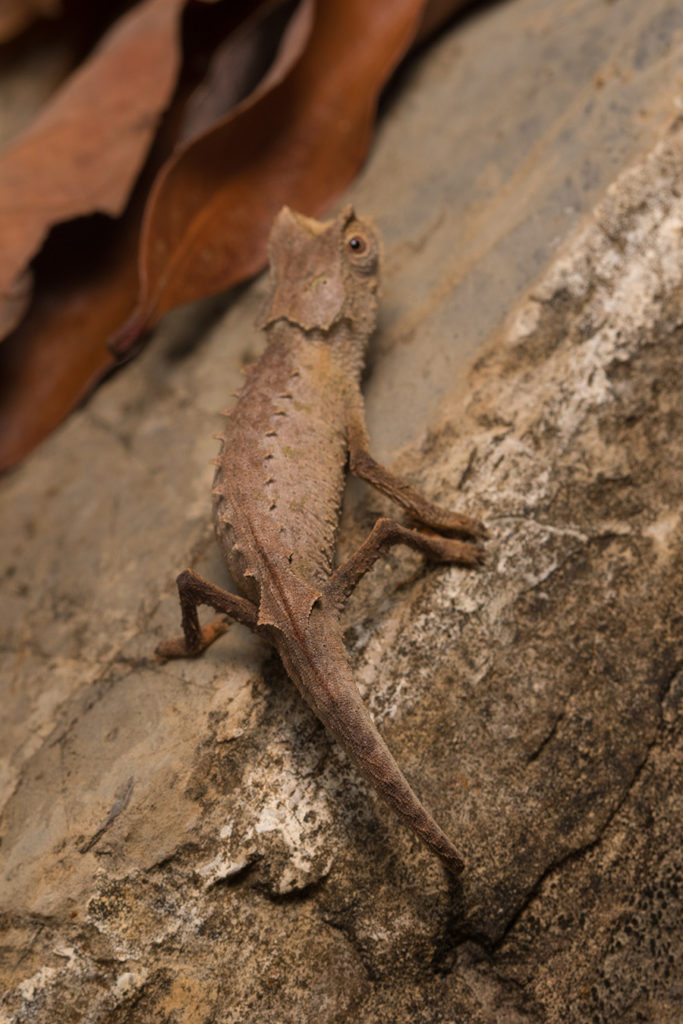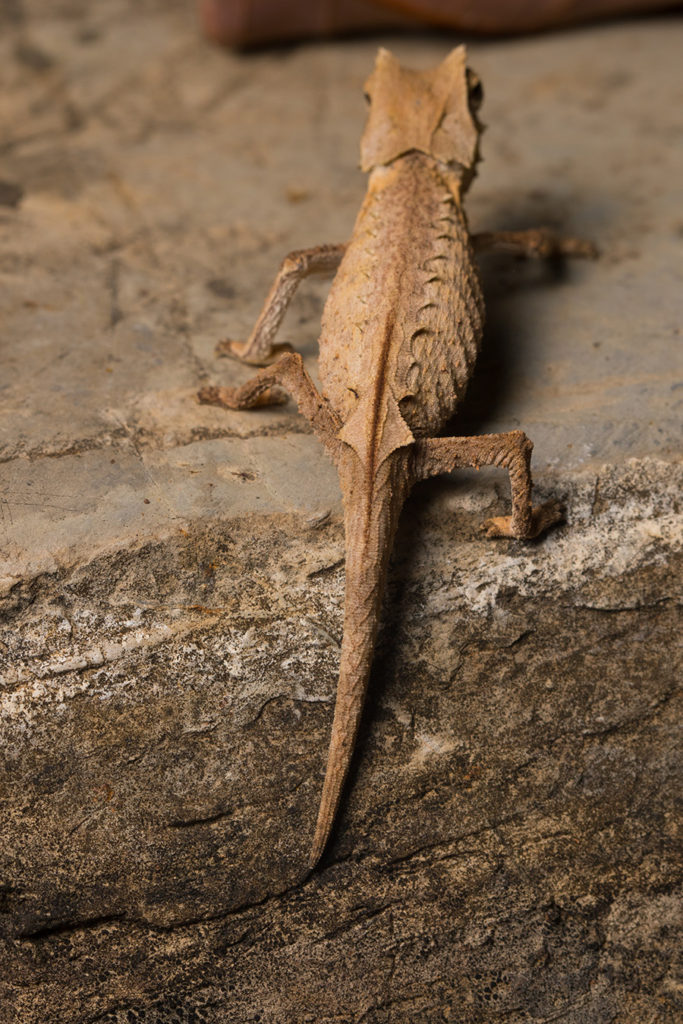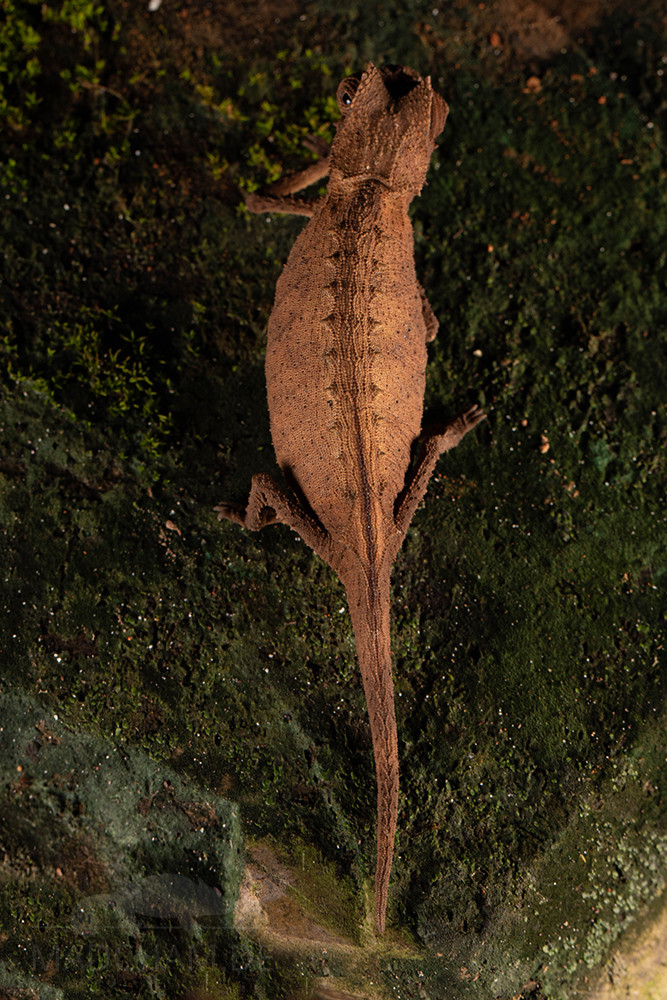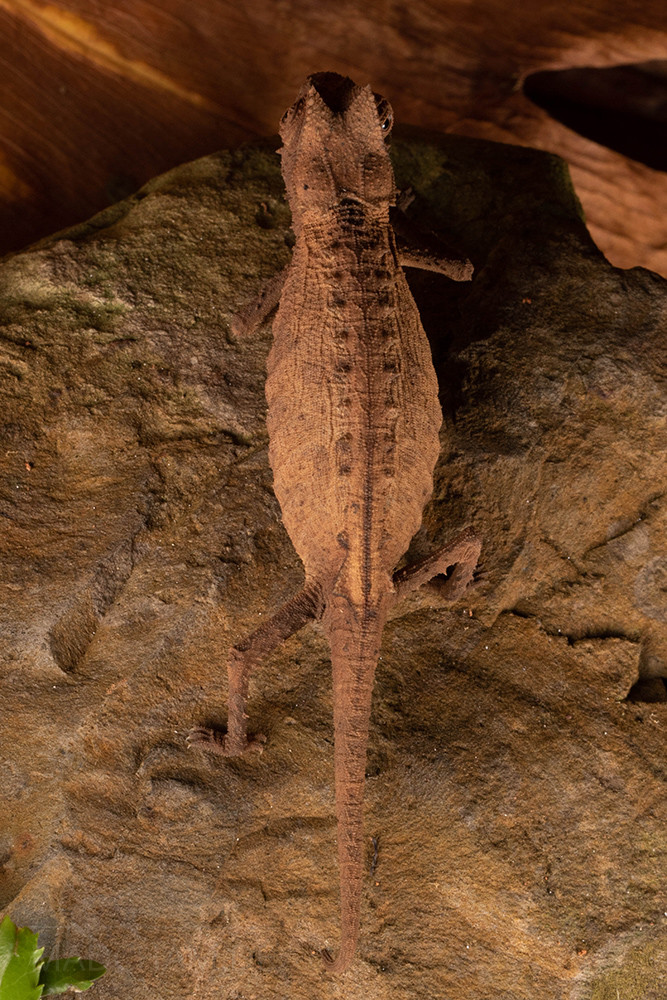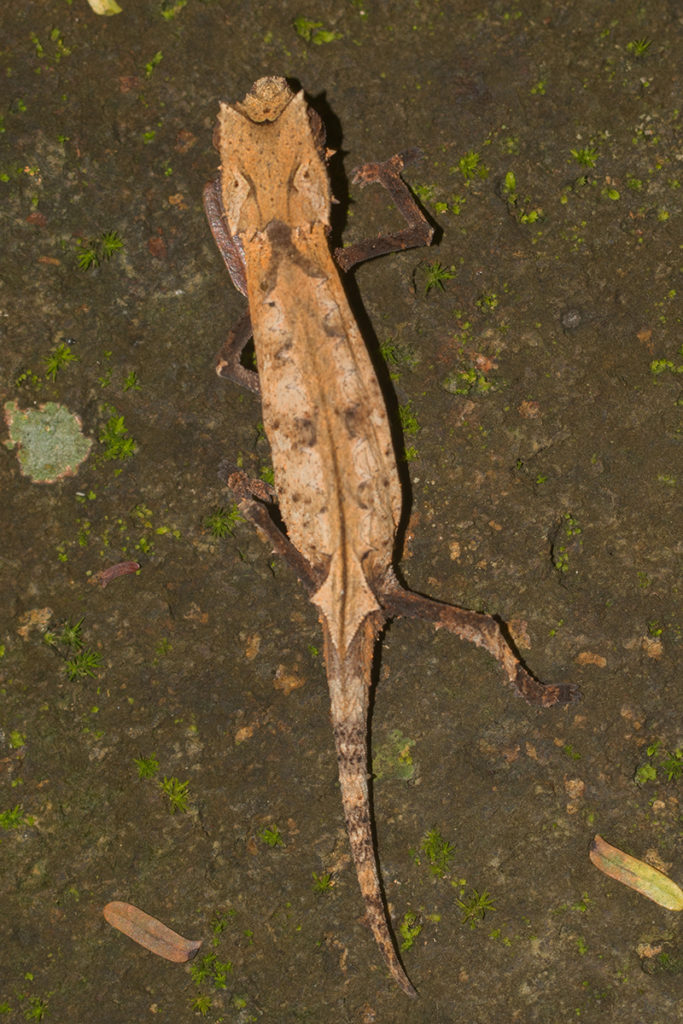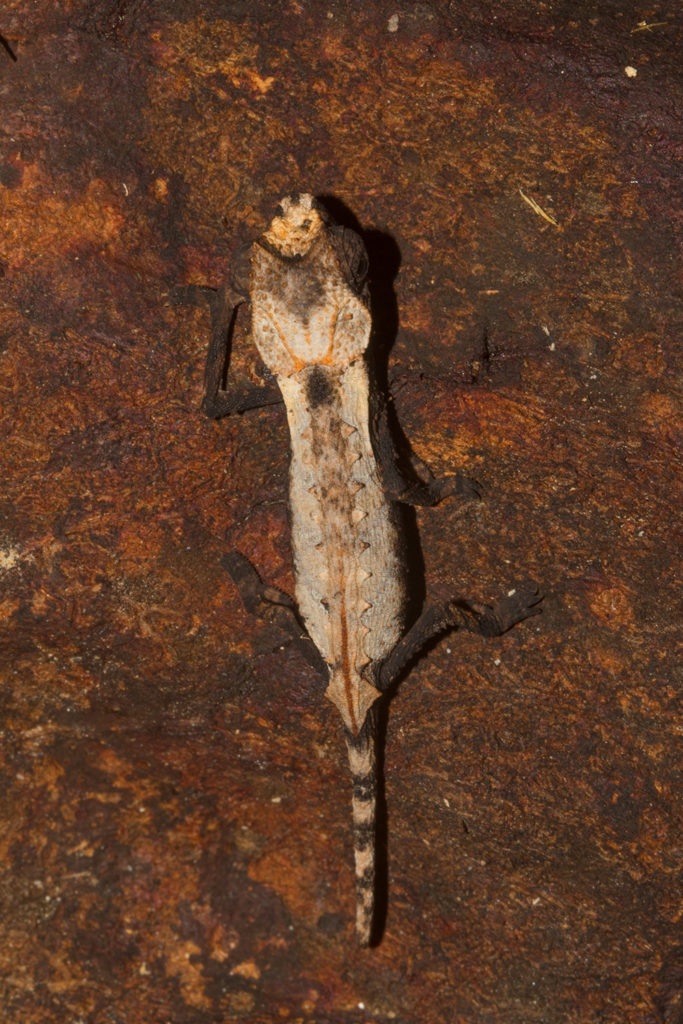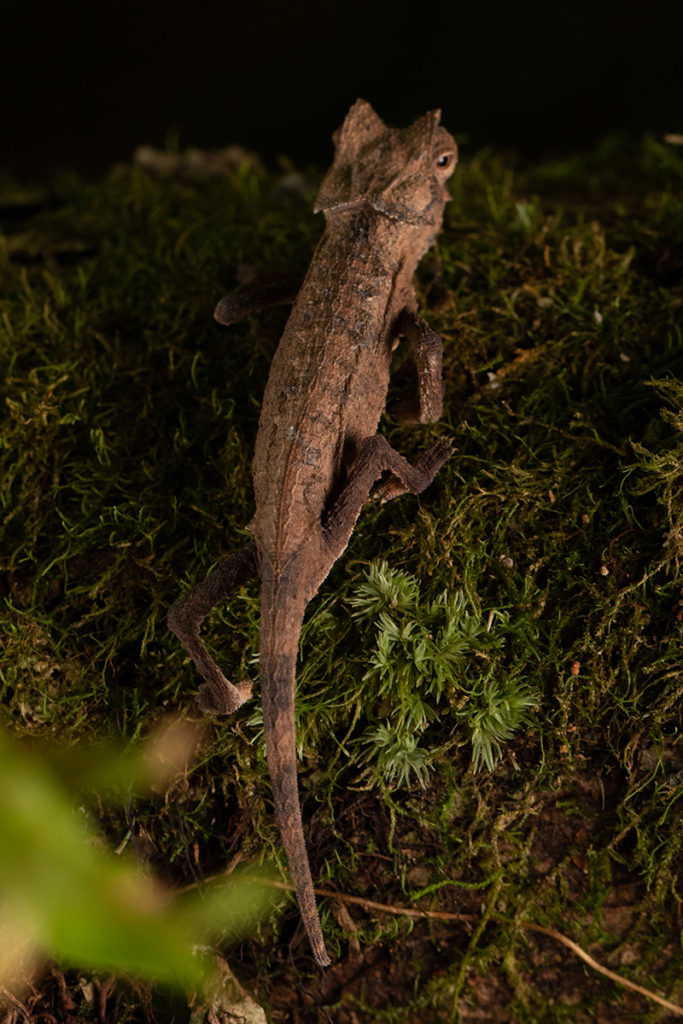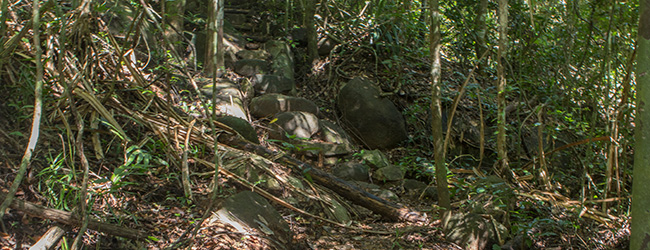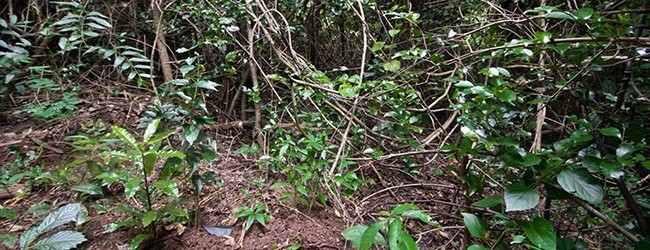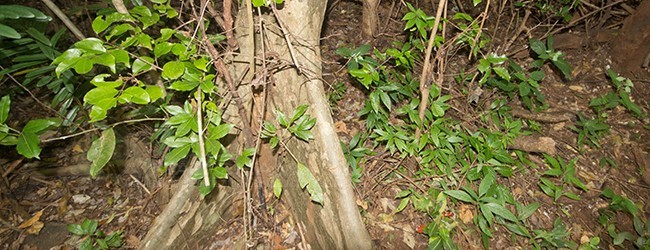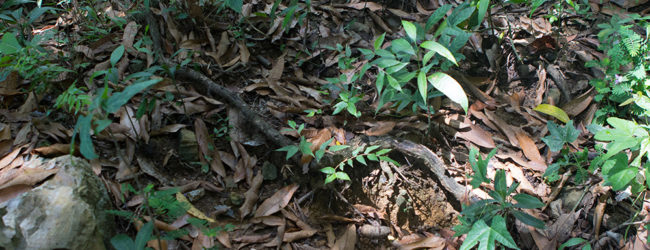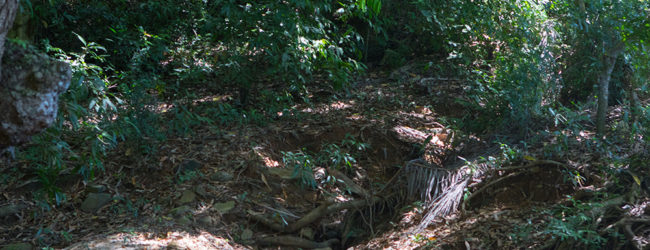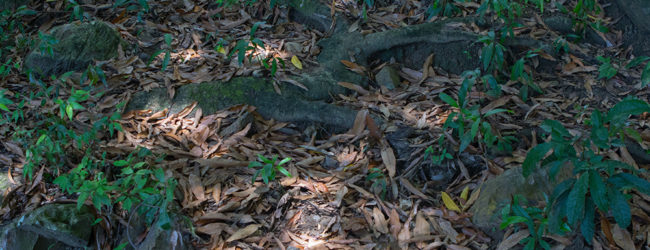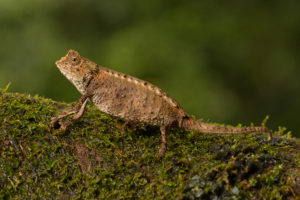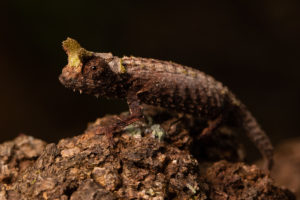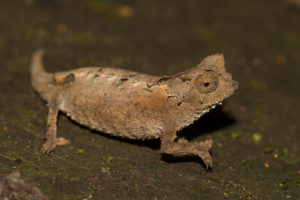2011-13 each 200 specimens, 2014-16 each 500, 2017 for the first time 1000 specimen, 2018-2023 each 500 specimens for legal export
First description:
Origin of the species name:
The paleontologist Oskar Böttger, then curator of the Senckenberg Museum in Francfort (Germany), named the species after Anton Stumpff. Together with Carl Ebenau, General Representative of the German East African Society, Stumpff traveled in the 1880s, especially to the island of Nosy Be in Madagascar. Both collected numerous chameleons and sent them to Germany.
Distribution:
This species is a common leaf chameleon in western Madagascar, especially in the more northern dry forests, such as Ankarana national park, and some spiny forests in the hot south. But also rainforests like Amber Mountain, islands (Nosy Komba, Nosy Be, Nosy Sakatia) or simply secondary vegetation serves as habitat. Brookesia stumpffi lives on the ground and low vegetation. Rarely you can even find them climbing on trees. During the nighttime, they usually sleep knee-high on small branches in the shrubs, mostly vertically. They are bright-colored then and easy to find.
Appearance & size:
These animals grow up to 93 mm and are rather beige to light brown colored. Both sides wear nine to ten spiny scales that end in a suspicious pelvic shield. The tail has no spines. The bony appendage above the eye is more roundish and not very large compared to other species. In contrast to other leaf chameleons, the mouth and nose area seems to be a little longer.
Captivity:
Brookesia stumpffi has been bred for some years, although not in high amounts.
| Jan | Feb | Mar | Apr | Mai | Jun | Jul | Aug | Sep | Oct | Nov | Dec | |
| Average temperature | 28 | 28 | 28 | 28 | 25 | 23 | 23 | 24 | 26 | 28 | 29 | 28 |
| Minimum temperature | 23 | 22 | 23 | 22 | 18 | 16 | 15 | 16 | 19 | 21 | 22 | 23 |
| Maximum temperature | 33 | 33 | 33 | 33 | 33 | 31 | 31 | 32 | 33 | 35 | 35 | 34 |
| Rain days | 16 | 12 | 6 | 1 | 1 | 0 | 0 | 0 | 1 | 1 | 2 | 9 |
The given data were measured and compiled by us within several years with thermo- and hygrometers directly at the finding places of the animals. "Average temperature" means that the values of an entire month were calculated to an average value, e.g. all measured minimum values of February were calculated to an average minimum value for February. This means in plain language that individual peak values of a day can be significantly higher or lower than the average minimum and maximum values. It is therefore possible that although the average maximum is 29 degrees, it was 33°C or even 35°C warm on some days of the month.
Ankify is a coastal town directly on the Mozambique Channel. The climate is warm all year round, only in the rainy season from October to April it gets a little warmer during the day. The temperatures reach over 25°C all year round and in the rainy season they often exceed 30°C.
At night it is only a few degrees colder, but a little wind on the coast makes the temperatures always bearable. During the rainy season the climate is very humid and it rains every day, in the dry season the climate is only moderately dry with still regular rainfall, but it is shorter and smaller.
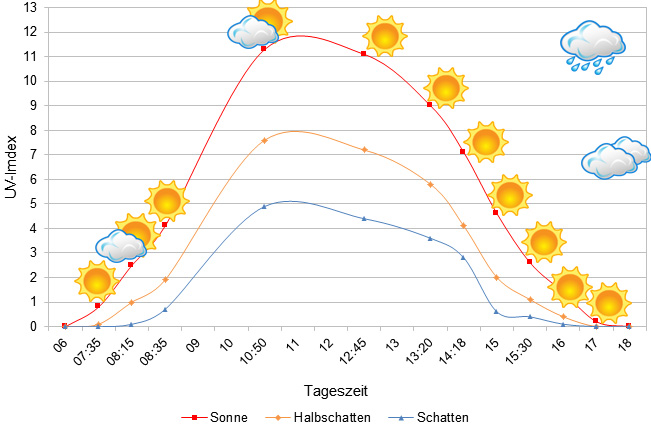
The UVB data were measured with a Solarmeter 6.5 in spring (early April) at the highest activity time of the chameleons. The maximum values to be achieved by the chameleon in the habitat were measured.
Habitat:
The following pictures show the habitat of Brookesia stumpffi at the end of the rainy season. Some are even from finding places of this species. Generally, this species has no high demands concerning specialized habitats, it can cope with various environments. In Ankify and Ambanja, this species occurs in the thick foliage layer of coffee and cocoa plantations. On Nosy Be, along the coast of Ankify and on Nosy Komba, they rather inhabit rocky environments with dense undergrowth and mossy soil areas. In contrast, the habitat in Ankarana has entwined undergrowth with lots of twigs and thin branches, much foliage, and small plants. The ground ist diffused with rocks and stones here, too.
Hereinafter you can find some 360° pictures from Ankify, coffee plantations of Ambanja and dry forest of Ankarana. You can move inside these pictures via mouse click in all directions. If you click on the Theta logo, a new window with an enlarged view will open. You will also have the opportunity to look at the pictures in full-screen mode. Enjoy!
Kakao- und Kaffeeplantage in Ambanja, Region Diana, Nordwest-Madagaskar, April 2017 – Spherical Image – RICOH THETA
Kakao- und Kaffeeplantage in Ambanja, Region Diana, Nordwest-Madagaskar, April 2017 – Spherical Image – RICOH THETA
Kakaoplantage nahe Ankify, Region Diana, Nordwest-Madagaskar, April 2017 – Spherical Image – RICOH THETA
Weg nahe Ankify, Region Diana, Nordwest-Madagaskar, April 2017 – Spherical Image – RICOH THETA
Trockenwald im Nationalpark Ankarana, Region Diana, Nordwest-Madagaskar, April 2017 – Spherical Image – RICOH THETA

